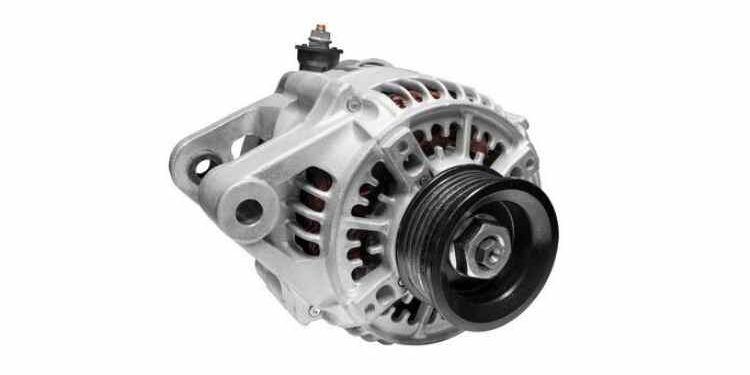you’ve kicked the tires a few times and uttered some choice curse words, you probably realize that you could have prevented this problem by paying attention to some warning signs your car was giving you. Here’s how to deal with alternator issues this winter.
You know the feeling: heading out to your car on a cold, wintry day, only to find it won’t start due to a bad alternator.
How To Spot a Failing Alternator
When you’re on the go, it’s easy to miss or ignore the signs of a bad alternator. While a dead battery can be one of the most obvious alerts, you’re likely to notice some things going awry before that point.
If the battery light on your dashboard is illuminated, it’s often because your car’s computer has identified a failing alternator. Dim interior or exterior lighting or speedometer malfunctions can be another sign. Any whining sounds as you start up your vehicle should also be addressed, as should smells like burning wires or rubber. Sudden stalling during operation can be another indicator of an alternator problem. If you notice any of these issues, get your alternator checked right away.
The Effect Winter Has on Alternators
With an estimated 50% increase in alternator problems during the winter months, you’ll want to pay extra attention to yours when it’s cold out. Snow and freezing temperatures are rarely good for any of your car’s systems.
Because engine oil thickens in cold weather, many of your vehicle’s parts move more slowly. This extra strain can cause your alternator to take longer to charge your battery and wear it out more quickly. Cold weather can also stiffen the belts that connect your alternator to your battery, causing it to work harder and reduce its lifespan.
How Easy Is It To Replace an Alternator?
If you call around for quotes from repair shops, you might find yourself feeling some serious sticker shock. Luckily, with some basic tools and know-how, you can replace your own alternator and save yourself quite a lot of cash.
It’s easy to purchase a new alternator at a trusted auto parts store, then check online manuals for details about your car’s electrical system to familiarize yourself with what’s under the hood. Online tutorials can walk you through the replacement process; just move your vehicle to a level area before getting to work, and be sure to have gloves and goggles on hand for safety.
Although modern alternators are durable, heavy use and exposure to cold conditions can cause them to wear out before the end of their normal lifespan. By paying attention to warning signs, you’ll find it easier to identify when your alternator is in need of replacement. Whether you heed the warnings or tackle the bad alternator after it’s already shot, shopping with a trusted auto parts retailer will ensure you get the parts and equipment you’ll need to make the repair and get safely back on the road.
